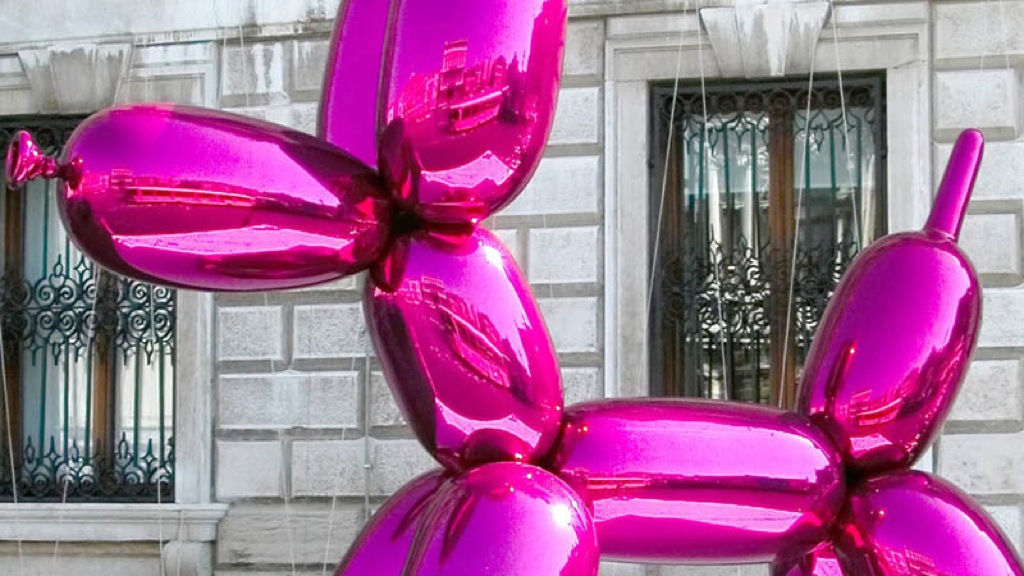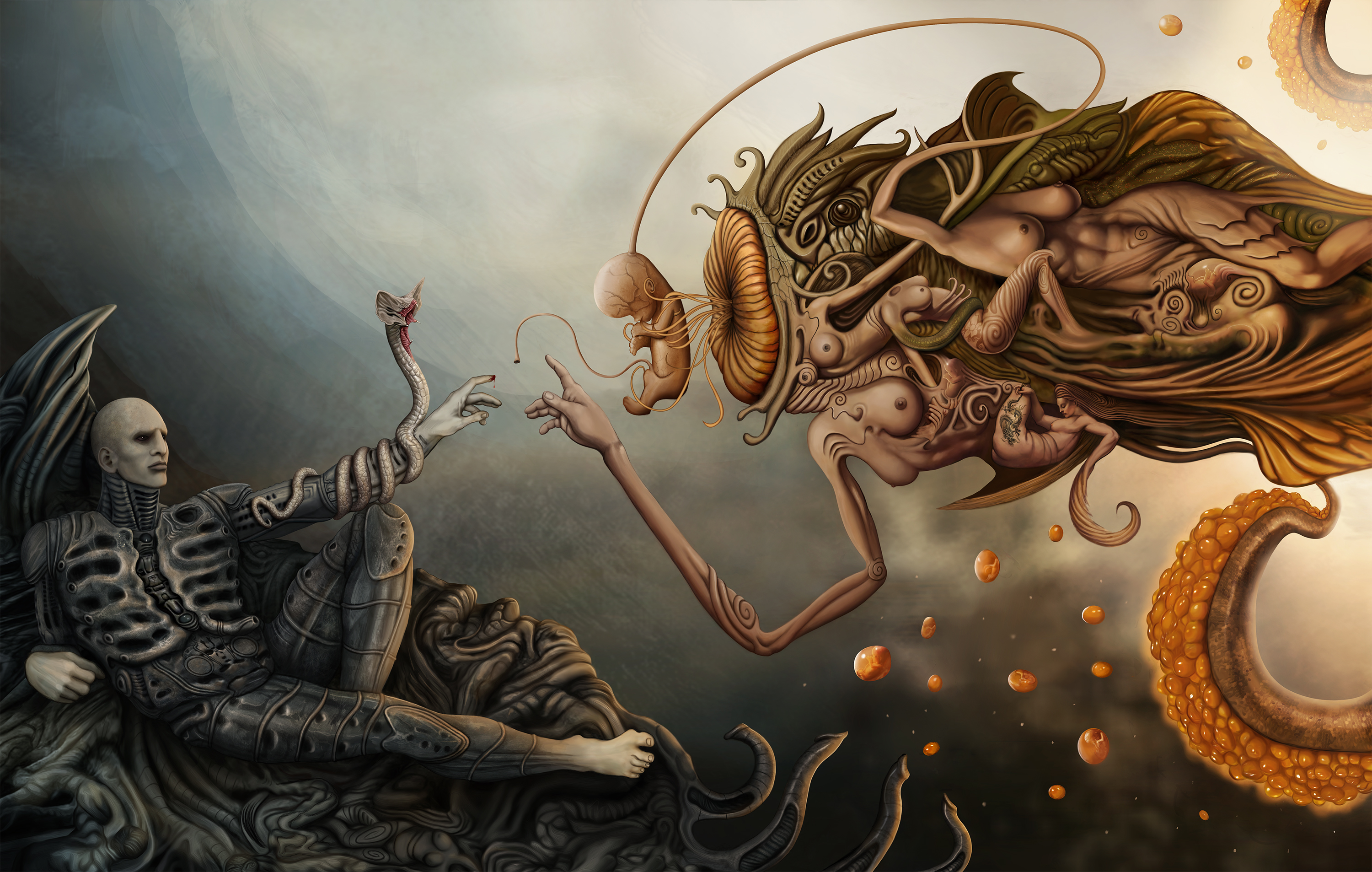We are all products so to speak of the post modern era, and our artwork reflects it. Gone are the days of the Sistine Chapel frescoes, and the divine sculptures of David. In this period of time, we as humans push art to its very limits, stretching it, distorting it, turning it inside out and backwards, and creating something out of nothing, and nothing out of something. This is the age of art in which we live.
 |
| "Starry Night" Lego reproduction by Nathan Sawaya C. 2001 New York, NY |
Art has become the most accessible it has ever been, and people like Nathan Sawaya are pioneers of this movement. Self dubbed 'the Brick Artist', an artist whose sole medium is Legos the children's toy bricks, Nathan Sawaya creates amazing 2 and 3 dimensional art pieces from these play things. His creativity and vision are incredible, and his artwork literally has great appeal to all ages.
His work is on display in various countries around the world, including the U.S., Australia, the United Kingdom, and the Netherlands. He even has an upcoming exhibition in Anchorage, Alaska for those of you who live or would like to drive there. Click on this link to view his exhibition schedule http://brickartist.com/exhibitions/.
His work is on display in various countries around the world, including the U.S., Australia, the United Kingdom, and the Netherlands. He even has an upcoming exhibition in Anchorage, Alaska for those of you who live or would like to drive there. Click on this link to view his exhibition schedule http://brickartist.com/exhibitions/.
In an interview, Sawaya states, "The
museum exhibition is accessible because it engages the child in all of
us while simultaneously illuminating sophisticated and complex concepts.
Everyone can relate to the medium since it is a toy that many children
have at home. But my goal with this exhibition when it first debuted in
2007 was to elevate this simple plaything to a place it has never been
before."(1)
In addition to reproducing works of antiquity, he creates pieces of his own that reflect his own journey of creativity and our modern times. He also collaborates with other contemporary artists of other fields and together they rock our art world.
 |
| "Lego Gaga" Nathan Sawaya, C. 2014, New York, NY |
Here we move to another niche of today's art world- art of the internet. Art that seems to be exclusively available online, which may never have touched an actual piece of paper.
 |
| "Postmodern Love" by Gunberk |
Here is an interesting piece that I stumbled across online. I couldn't really track down much information about the artist (#postmodernartdilemmas) aside from his page on a website called Soceity6, where he sells his art in print form, on mugs, t-shirts, baby onesies and more. I found this particular print to be a great commentary on today's society and how so many people "connect" with each other. He plays with the notion of connection, both socially and emotionally, and I love how the USB cords have receptacles in the hearts of these two people and they are both physically separated and connected by Facebook on the computer. It says a lot. And I find the "loading" message hilarious as well. That is such a normal part of our everyday lives now- if we are waiting for something, it seems that 9 times out of 10 it's "loading".
 |
| "Giraffe" By Gunberk |
More of Gunberk's work can be seen and purchased here: http://society6.com/gunberk/tank-tops.
Another postmodern artist that caught my eye was Peter Bourgon, namely because his gigantic balloon animal looks so exactly like a real balloon. Unfortunately, his website is too postmodern for the likes of me, and I couldn't figure out how to get past the homepage, though you are welcome to try: http://peter.bourgon.org/postmodernism/#/step-1
 |
| "Balloon Dog" Peter Bourgon |
 |
| "Prometheus and God" By Dejano23, Serbia |
Compare to:
 |
| "God Breathed Life into Adam" Michelangelo C. 1512, Italy |
Here I found something very interesting, some very spectacular art with incredible detail and style, though a bit dark for my own personal preference. Nonetheless I found it very intriguing and interesting. Further still, I liked what the artist had to say about it.
"I did this image over the famous Michelangelo fresque ''God breathed life into Adam'' left side : mainly I wanted to show you who not create man.
Man was created from idea, idea is something that no one has proved, but it is obvious to everyone, Prometheus is knowledge and snake is a metaphor for danger of creativity.
Creativity and technology is not good or bad, it is not action,man must choose his way.
on right side : I tried to do a completely different world of giger,right side is a man and his first divine side, (big fish girl body with the baby at the end of the antenna) :0
man must choose to which side to tie umbilical coard."(2)
Man was created from idea, idea is something that no one has proved, but it is obvious to everyone, Prometheus is knowledge and snake is a metaphor for danger of creativity.
Creativity and technology is not good or bad, it is not action,man must choose his way.
on right side : I tried to do a completely different world of giger,right side is a man and his first divine side, (big fish girl body with the baby at the end of the antenna) :0
man must choose to which side to tie umbilical coard."(2)
Though not well edited, I liked the idea of taking a work, such as "God breathed like into Adam", and playing with it in such a contemporary sense.
* * * * *
How do we talk about art these days? How to we judge it? How to we describe it? How do we classify and catalog it? All of these elements have become much more difficult with the introduction of postmodern art, and I would say especially digital art. No longer is it easy to cite the date and place of creation, or even the name of the artist. Art can be anonymously submitted online, and just continue to float through cyberspace without any attachment to its originator.
We of course, will always talk about art, whether it be our own, or that of someone else. There is always the good review, and the bad review. I think our good ole' boys Calvin and Hobbes sum it up pretty well:
"On postmodern art" from Bill Watterson's Calvin and Hobbes Sunday, June 21, 1992
Let's take a quick trip around the world and have a look at postmodern art in India. Just for fun.
 |
| "Untitled" Thota Vaikuntam, Andhra Pradesh, India |
I was quite drawn to Thota Vaikuntam's vivid colors and contemporary style. There is an obvious Indian overtone, but the representation of his subjects is very different from traditional Indian art.
"T. Vaikuntam draws a lot of inspiration for his work from the rural
areas of the state of Andhra Pradesh. The men and women of his village
have often been depicted particularly the Telangana women. He uses only
primary colors usually in tempera and watercolor, on paper. The love for
this subject can be traced back to his childhood, when he was
fascinated by the impersonations of women characters by male artists of
the theater groups that performed in his village." (3)
 |
| "Carpet" by Thota Vaikuntam, Andhra Pradesh, India |
-Acrylic%20On%20Canvas.jpg) |
| "Untitled" by Thota Vaikuntam, Andhra Pradesh, India |
Many of Thota Vaikuntam's pieces remain untitled, perhaps for cultural reasons. I love the use of bold primary colors and fluid lines as well as the representation of traditional clothes and patterns. I also noticed that all of the women are shown with the red-dyed fingers of mendhi, or henna. The ornateness of the everyday dress is well shown here, and many of his paintings sell for hundreds of U.S. dollars apiece. Born in 1942, Vaikuntam studied at the College of Fine Arts in Hyderabad, India. He later went on to study painting and printmaking at the Faculty of Fine Arts, Maharaja Sayajirao University of Baroda in India.
He was an avid observer of his fellow humans, and said, "I love a woman’s form and beauty. Their rustic simplicity holds enormous charm for me.
I feel immense joy and happiness when I am with them”.(4)
I feel immense joy and happiness when I am with them”.(4)
Though uniquely his own, Vaikuntam's art well represents his country and its rich culture and heritage.
"Thota Vaikuntam, senior Indian artist of international acclaim, is
famed for his acrylic and mixed media portraits of the Telangana man and
woman of South India.
Vaikuntam has exhibited in numerous solo and group shows, both
nationally and internationally, including important group exhibitions at
Salarjung Museum in 1989, the 7th Triennale, New Delhi in 1991, Art
Encounter at Kassal, Germany in 1992.
He is the recipient of numerous awards including notably at the
Bharat Bhavan Biennale, Bhopal in 1988, the National Award for Art
Director, Film “Dasi” in 1989, and the National Award for Painting in
1993. Vaikuntam works and lives in Hyderabad now."
Whether in the United States, Serbia, or India, postmodern art has dominated the world. It is the reflection of our innermost selves, and expression of every joy, every detail, every pain, and every thought our collective human organism has. It is truly the window to the consciousness of humanity.
(1) "Nathan Sawaya." Exhibitions — — The Art of the Brick. Web. 18 Nov. 2014. <http://brickartist.com/exhibitions/>.
(2) "Prometheus and God by Dejano23 on DeviantART." Prometheus and God by Dejano23 on DeviantART. Web. 18 Nov. 2014. <http://dejano23.deviantart.com/art/prometheus-and-god-313679402>.
(3) "Thota Vaikuntam." , Limited Edition Prints, Art from India. Web. 18 Nov. 2014. <http://www.deccanfootprints.com/collections/thota-vaikuntam>.
(4) "Thota Vaikuntam ← Back to Artists." Indigo Blue Art Modern Indian Contemporary. Web. 18 Nov. 2014. <http://www.indigoblueart.com/site/portfolio/thota-vaikuntam/#!prettyPhoto/0/>.



